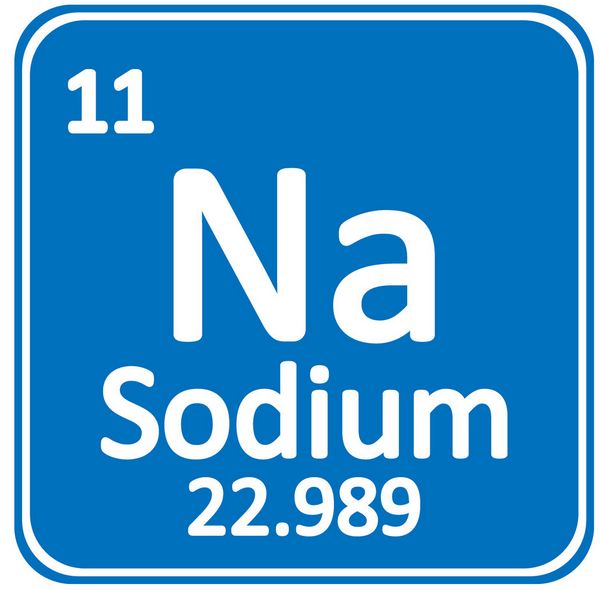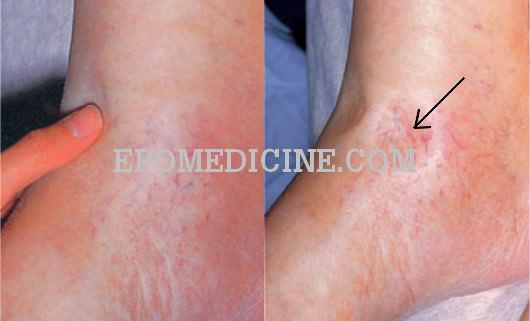Corrected sodium level
When hyperglycemia is present, the underlying sodium concentration (corrected sodium concentration) can be estimated by adding 1.6-2.4 mEq/L (average of 2 mEq/L) to the reported sodium concentration for every 100 mg/dl increase in plasma glucose above 100 mg/dl.
E.g. In a patient with Na+ level, 145 and plasma glucose 300 mg/dl, corrected Na+ will be: 145 + 1.6 X 2 to 145 + 2.4 X 2 = 148.2 to 149.8 (average 149 mEq/L)

Hyponatremia correction rate
Correct acute hyponatremia (<48 hours duration): 1 to 2 mEq/L/hr
Correct chronic hyponatremia (>48 hours duration): 0.5 mEq/L/hr (risk of Osmotic demyelination Syndrome with over-rapid correction)
Rule of Six
- Six a day makes sense for Safety
- Six in six hours for severe symptoms and Stop
For all patients with hyponatremia, the goal is 6 mEq/L during the initial 24 hours. For those with severe symptoms (seizure, severe delirium, unresponsiveness), the goal is preloaded in the first 6 hours, postponing subsequent efforts to increase serum sodium level until the next day. While different sources will cite different ranges, targeting six is a conservative approach. If you overshoot by one or two mmol then you will still be well within the safe range.
Sodium content of Different fluids in 1 litre
- NS (0.9% NaCl) = 154
- 3% NaCl = 3/0.9 X 154 = 513
- 1/2 NS (0.45% NaCl) = 1/2 X 154 = 77
- RL = 130
- 5% Dextrose in water (D5W) = 0
Calculate Sodium Deficiency and Volume of Infusate
- Determine desired sodium level (often 120 mEq/L)
- Subtract current sodium level
- Adjust sodium deficiency for TBW/kg body weight by multiplying with 0.6 (0.6 for men and children, 0.5 for women and elderly men, 0.45 for elderly women)
- Multiply by patient’s weight in kg
E.g.
- 120 desired level – 114 current level
- 6 X 0.6 = 3.6 Meq/L/kg (adjusted)
- 3.6 meq/L/kg X 60 kg = 216 mEq/L (needed to replace sodium deficiency)
Volume of infusate: 216/513 = 0.42 L of 3% NS, i.e. 17.5 ml/hour
Severe Hyponatremia with CNS symptoms
If the patient is altered, comatose, seizing, or has neurologic findings, then raise the sodium by a little bit.
Give 3% saline, 100-150ml IV over 10-20 minutes (2 ml/kg)
May repeat for total of 3 doses with serum sodium repetition
Route: May be given peripherally through any reasonable IV
Aim: To raise Na+ by 4 to 6 mEq/L (Each 100 ml will raise sodium by ~2 mEq/L)
Rule of 100s
To prevent rapid over-correction and osmotic demyelination syndrome.
- Insert foley catheter and monitor input/output
- If urine output >100 ml/hour, send stat urine osmolarity and urine sodium
- If urine osmolarity <100, consider administering 1 mcg DDAVP IV
- Continue steps 2-3 as per urine output



Hi..in rule of 100s
May please explain reasoning behind for 2) +3)
Thanks
IV DDAVP 1 microgram in the ED to prevent osmotic demyelination syndrome is in the hypovolemic patient with hyponatremia who has been given IV crystalloid for emergency management of pediatric seizures volume replacement and now has a high urine output >100cc/hr and urine osmolarity <100mosm/L.